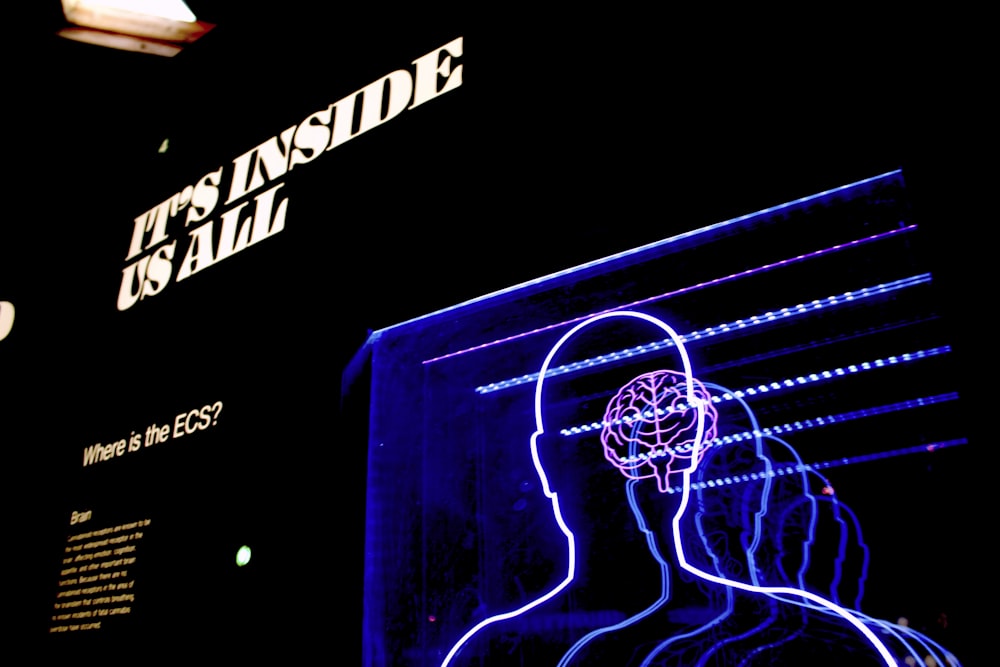Physical Activity and the brain, Psychiatric Patients and the link between PA and children.
How Physical Activity Can Create A Happier YOU
 Ever wondered if the solution to your problems might be sit-ups?
Ever wondered if the solution to your problems might be sit-ups? If that pain in your back could be gotten rid of with some stretching? Or have you ever wondered if this dark place you currently find yourself in, could be lit up by some walking?
If yes, then you are on the right track to overcoming your problems. If not, then I would like to extend an invitation to you to read the following blog and gain a better understanding of how Physical Activity (PA) can help YOU.
Either way, what harm is it to learn something new from someone who's experienced all of these issues in some way or another?
The cold hard facts:
- All over the world young children, adolescents and adults are failing to meet the daily recommended PA levels. (World Health Organisation)
- As a result, there is an ever increasing number of people who are becoming obese and developing non-communicable disease's (NCD's) such as diabetes, heart disease and stroke...
(World Health Organisation) - There is an apparent and dramatic drop off rate in the PA participation levels from childhood (5-12) to early adolescence (12-15).
- Things such as perceived self competence, peer support and self perception all effect our PA levels. This effect is also seen in children.
(DEDIPAC)
As you can see, this is the current state of affairs and it certainly makes for some grim reading. It is the unfortunate truth of our overly digitalised world.
But there's still hope, and it helps to know the following facts.
Physical Activity and the brain:
Your brain and the physical activity that you engage in are inextricably linked. They rely on each other for a number of things.
Your brain and the physical activity that you engage in are inextricably linked. They rely on each other for a number of things.
- Firstly, your brain plays a major role in regulating your activity and exercise performance. It can motivate and encourage you by reminding you to be active every day but equally so, it can deter you from being active by putting imaginary barriers in your way. It all comes down to the habits you create for your ideal life.
- Secondly, physical activity is proven to improve brain related functions and outcomes. It can help fight Parkinson's disease and Alzheimer's disease which are two terrible illnesses we may face later in life. By taking the right actions now and by following the WHO's recommended PA levels you could prolong the time you have left on this wonderful planet before any such diseases start to take hold.
- Finally, physical activity promotes the release of feel good brain chemicals such as dopamine and serotonin. Dopamine makes you want to do things and reassures you that the thing you just did were actually worth doing. Naturally, if your dopamine levels aren't high enough you will struggle to get things done and unless you exercise, this lack of motivation will only get worse. For those with ADHD, drugs like Aderall provide lots of motivation for your brain and allow you to complete typically 'boring' tasks that you wouldn't normally do. However, physical activity is the cheaper healthier way to become more motivated and it produces completely 'natural' chemical reactions in the brain to release the required dopamine.

Physical Activity and Mental Health:

People with poor mental health are some of the most highly stigmatised people on earth. I know this from my time spent working in a psychiatric unit and speaking with them on a weekly basis. My role as a physical motivator was extremely challenging but rewarding and the experience itself was invaluable.
- After speaking with many of the patients my preconceived ideas of these people were completely blown away. I no longer saw them as crazy, or psychotic, I just saw them as ill. I met mothers, fathers, sons and daughters. Many of whom went through a traumatic experience at some point in their lives. As a result of this trauma many of them struggled to cope and something broke within them. They then swung between a state of stability and a lack of control as they succumbed to their illness. In all honesty, I found this tough to watch but it motivated me to use the skills that I had to help them in any way I could.
- I witnessed how many of these patients went from drugged up lifeless individuals to alert energetic men and women, all because of a one hour training session. Each patient had their own program and almost all of them reported feeling much happier and more focused than before.
This experience proved to me that physical activity is the key to many of these peoples problems and that without a regular exercise program, many of them would be deprived of that boost they so desperately needed. Many of these people lacked any structure in their lives other than the regular consumption of muscle relaxing drugs, something that bothers me deeply.
Having studied physical activity for over 5 years now I have often wondered why there is no business' or organisations being created for these people with a primary focus on physical activity. Unfortunately I have come to the conclusion that it revolves around one thing....money. Drugs are much more profitable than physical activity.
Below is just a handful of benefits physical activity provides to us, regardless of age, sex, gender or mental state.
Physical activity is proven to:
- Increase mood levels
- Reduce stress
- Reduce anxiety
- Increase focus
- Improve learning
Physical Activity And Its Relationship To Young Children And Adolescents
This is a topic that I'm very passionate about so I will only discuss it briefly as I feel it deserves a blog of its own! For one whole year I spent hours upon hours studying and researching the available literature around this particular topic. It was a huge eye opener for me and it also brought to light, some of the issues we see today regarding adolescent participation levels.
The key to understanding this topic lies within the things that motivate children to be active. And after all my research I have found the following to be the greatest influences on children's PA levels today.
- Self-efficacy
- Peer Support
- Family Support
- Perceived self-competence
The research we carried out looked at kids between the ages of 12 and 18 years of age. It certainly made for interesting reading as it showed that their peers had a greater influence on them than anything else when it came to physical activity.
During the course of this study we also saw that the effects of physical activity on children's physical and mental wellbeing were huge. We saw that active engagement in PA resulted in higher cognitive functioning, more focus and alertness as well as much higher scores of self-efficacy.
All that from just 60 minutes a day of physical activity!!!
*PS*
I just want to say thanks for the taking the time to read this blog and I hope you have learned something new. If you have any queries or feedback don't hesitate to get in touch with me. At the end of the day, I just want to spread the word about the importance of physical activity in everyones lives.


Comments
Post a Comment